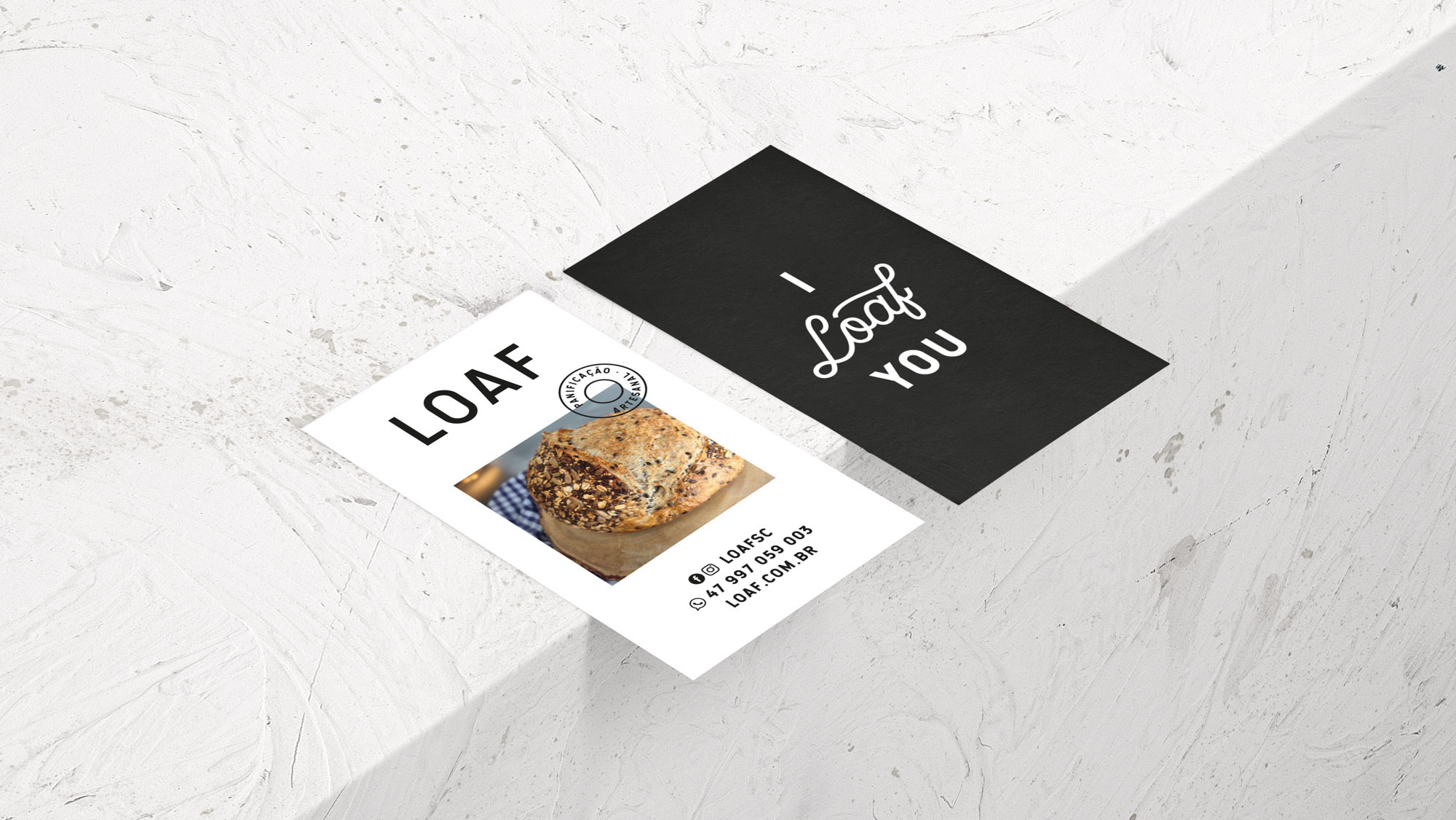Collective #394
Original Source: http://feedproxy.google.com/~r/tympanus/~3/qQanWuFtLoc/

Inspirational Website of the Week: Almanac
A unique design with playful effects made us pick Almanac as inspirational website of the week.
Get inspired

Our Sponsor
Manage your visual assets like you manage your code
Collaborate on design socially with resolvable image discussions within the same repositories you collaborate on code.
Read more

Responsive Components: a Solution to the Container Queries Problem
An elegant class-based solution to the container queries problem using ResizeObserver. By Philip Walton.
Read it

Prototyping, Libraries on Sketch Cloud and an official iOS UI kit in Sketch 49
Read about the new features in Sketch 49 including revolutionary Prototyping.
Read it

Launching the Front-End Tooling Survey 2018
With the Front-End Tooling Survey, Ashley Nolan wants to gather input and shed some light on the tooling habits across the web development industry.
Read it

CSS Puns
Some CSS humor accompanied with animations. By Saijo George.
Check it out

Third party CSS is not safe
Read why Jake Archibald suggests that third party content is simply not safe.
Read it

CSS Illustration ‘face’
Amazing CSS art made by WhitePallet.
Check it out

It’s Resilient CSS Week
A video series where Jen Simmons explains step-by-step how to write CSS that works in every browser at the same time, including the old ones.
Watch it

The Lost Art of the Makefile
Jesse Hallett writes about the merits of Make, the general-purpose build tool.
Read it

Free Font: Vindica Rebel
A beautiful expressive typeface designed by Rubirubiko.
Get it

Just Starting Out with CSS & HTML
A great collection of CSS-Tricks articles for everybody who is starting out with front-end development.
Check it out

V6: Color
The last article in a three-part series about Rob Weychert’s website redesign.
Check it out

Notifications
Heydon Pickering takes a look at notification components and how they can increase confidence in the use of web applications, in an inclusive way.
Read it

Prompts
Lightweight and user-friendly interactive prompts that use promises and async/await.
Check it out

A developer’s introduction to GitHub
A guide that teaches the most important pieces of GitHub that you should know as a developer.
Read it

Announcing Dart 2: Optimized for Client-Side Development
Read all about the reboot of Dart as a language optimized for client-side development for web and mobile.
Read it

How GDPR Will Change The Way You Develop
Heather Burns explains Europe’s updated data protection framework and what this means for developers.
Read it

Bettercap
A network attack and monitoring framework with lots of features.
Check it out

How we built a pinball
Read about how Merci-Michel created “Ouigo — Let’s play”, a pinball game for the browser.
Read it

Six Degrees of Wikipedia
Inspired by the concept of six degrees of separation, Six Degrees of Wikipedia traverses links on Wikipedia to find the least number of clicks it takes to travel between any of the nearly six million pages.
Check it out

The Gallery of Emerging Species
A super-cute and playful website for Play-Doh.
Check it out

Lesser known CSS quirks & advanced tips
In this article, Peedu Tuisk shows some CSS facts and quirks.
Read it

From Our Blog
Freebie: “Dropcast” Website Template (HTML, Sketch)
Dropcast is a responsive HTML/CSS/Javascript template, comes with Sketch files and a fully working site with SCSS. It works very well for podcasts landing pages or blogs, and can be easily customized.
Check it out
Collective #394 was written by Pedro Botelho and published on Codrops.


















